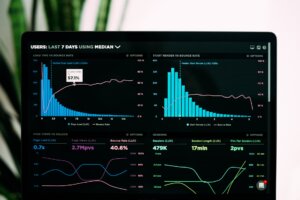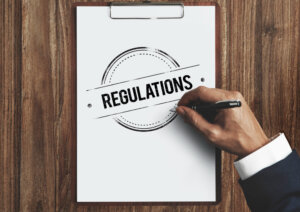© Copyright Carter McNamara, MBA, Ph.D., Authenticity Consulting, LLC. Adapted from Field Guide to Consulting and Organizational Development
Suggested Pre-Reading
Overview of Performance Management Process for any Application
Performance Management During Rapid Change Overview
Today’s organizations seem to change much more rapidly than in the past. Consequently, many experts have strong reservations about the numerous measurements that must be taken in performance management. They assert that no sooner is a measurement identified than the measurement becomes obsolete because the organization has changed substantially.
There are numerous measurements to consider when adopting a performance management system. However, the measurements themselves are not the major purpose of the performance management process. The purpose of the process is to provide a consistent frame of reference during ongoing feedback about performance, whether the organization is entirely stable or in the midst of rapid change.
Measurements ensure that everyone involved is working and talking from the same script. The measurements themselves may change. However, organization members should be able to recognize and explain the change. This assertion is true whether one is addressing the performance of an organization, process, subsystem, or employee.
Consider the implications of the above assertion. The assertion is saying, e.g., that when performance management is carried out with an employee, filling out the performance form and having the performance discussion is not the highlight of the performance process — the highlight has been occurring during the year when the supervisor and employee exchanged ongoing feedback about performance.
Filling out the form and having the discussion are really measurements, too. If the performance process is done well, the performance review discussion should include absolutely no surprises for the employee. All feedback to him or her already should have occurred.
Frankly, many supervisors dread having to fill out employee performance review forms. That is the time means they have to recount the employee’s activities during the year, try to translate the activities to areas of knowledge and skills shown by the employee — they have to “reverse engineer” what’s been happening, mostly to fill out a form. They worry that they haven’t spent sufficient time noticing the employee’s behavior and that they might be confronted and proven wrong. They often believe that the employee has been doing just fine during the year, so why have to quit work now just to fill out a form? They worry that the employee may have high expectations that can’t be met by the performance process. That’s how many supervisors see the process – because the form and the various measurements that it recalls are too often seen as the end in themselves.
The most important part of the performance management process is the ongoing communication around the measurements.
Learn More in the Library’s Blogs Related to Performance Management
In addition to the articles on this current page, see the following blogs which have posts related to Performance Management. Scan down the blog’s page to see various posts. Also, see the section “Recent Blog Posts” in the sidebar of the blog or click on “Next” near the bottom of a post in the blog.
Also consider
- Related Library Topics
- Employee Performance Management
- Group Performance Management
- Organizational Performance Management
For the Category of Performance Management:
To round out your knowledge of this Library topic, you may want to review some related topics, available from the link below. Each of the related topics includes free, online resources.
Also, scan the Recommended Books listed below. They have been selected for their relevance and highly practical nature.
 Sections of this topic
Sections of this topic
















